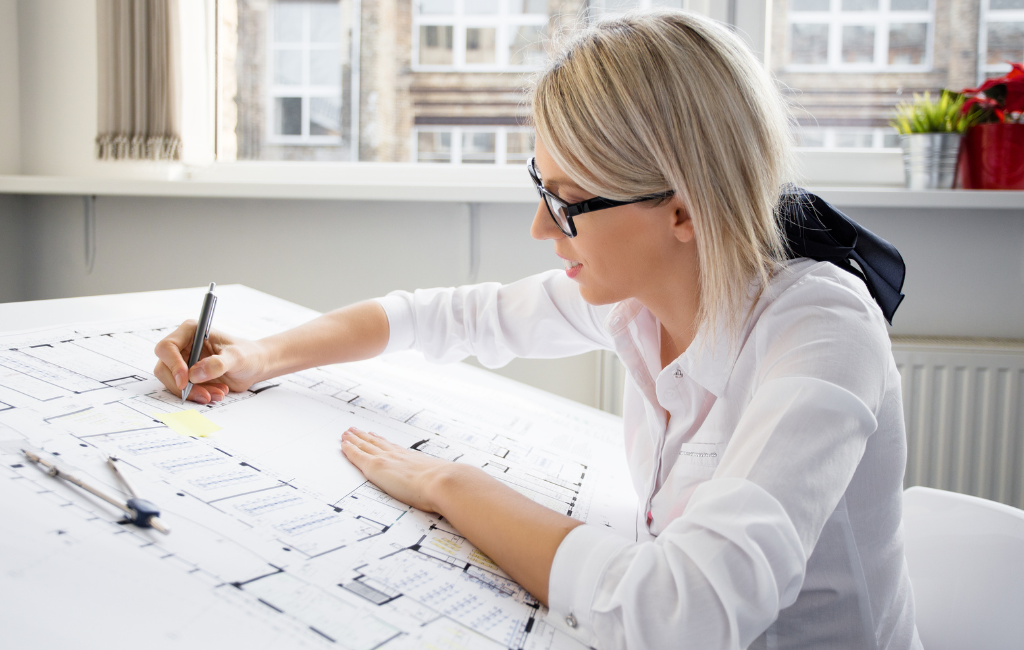Architect: Green Buildings

Architect: Innovating Green Buildings
Green buildings have become a focal point in modern architecture, driven by the need for sustainable development and environmental conservation. Architects are at the forefront of this movement, employing innovative techniques and materials to create structures that are not only aesthetically pleasing but also environmentally friendly.
The Rise of Green Architecture
The concept of green architecture has gained significant traction over the past few decades. This approach emphasizes the use of sustainable materials, energy efficiency, and minimal environmental impact. The rise of green architecture can be attributed to growing awareness about climate change and the need for sustainable living practices.
Key Principles of Green Architecture
- Energy Efficiency
- Use of Sustainable Materials
- Water Conservation
- Indoor Environmental Quality
- Site Selection and Planning
These principles guide architects in designing buildings that reduce carbon footprints and promote a healthier living environment.
Innovative Techniques in Green Building Design
Architects are employing a variety of innovative techniques to achieve green building standards. These techniques not only enhance the sustainability of buildings but also improve their functionality and aesthetic appeal.
Passive Solar Design
Passive solar design involves the strategic placement of windows, walls, and floors to collect, store, and distribute solar energy. This technique reduces the need for artificial heating and cooling, thereby conserving energy.
Green Roofs and Walls
Green roofs and walls are covered with vegetation, which helps in reducing urban heat islands, improving air quality, and providing insulation. These features also enhance the aesthetic appeal of buildings.
Rainwater Harvesting
Rainwater harvesting systems collect and store rainwater for various uses, such as irrigation and flushing toilets. This technique helps in conserving water and reducing the demand on municipal water supplies.
Smart Building Technologies
Smart building technologies, such as automated lighting and HVAC systems, optimize energy use and improve the overall efficiency of buildings. These technologies can be integrated with renewable energy sources, such as solar panels, to further enhance sustainability.
Case Studies of Green Buildings
Several buildings around the world serve as exemplary models of green architecture. These case studies highlight the innovative techniques and materials used to achieve high standards of sustainability.
The Edge, Amsterdam
The Edge in Amsterdam is often cited as one of the greenest buildings in the world. It features a range of sustainable technologies, including solar panels, rainwater harvesting systems, and smart building technologies. The building’s design maximizes natural light and ventilation, reducing the need for artificial lighting and air conditioning.
One Central Park, Sydney
One Central Park in Sydney is renowned for its vertical gardens, which cover the building’s facade. These gardens not only enhance the building’s aesthetic appeal but also improve air quality and provide insulation. The building also features a tri-generation plant that produces electricity, heating, and cooling, further enhancing its sustainability.
Bullitt Center, Seattle
The Bullitt Center in Seattle is designed to be a “living building,” meaning it generates more energy than it consumes. The building features solar panels, rainwater harvesting systems, and composting toilets. It also uses sustainable materials and is designed to maximize natural light and ventilation.
Statistics on Green Building Benefits
Green buildings offer numerous benefits, both environmental and economic. Statistics highlight the positive impact of green architecture on energy consumption, water use, and overall sustainability.
- Green buildings can reduce energy use by up to 30%.
- Water use can be reduced by up to 50% in green buildings.
- Green buildings can reduce carbon emissions by up to 35%.
- Occupants of green buildings report higher levels of satisfaction and productivity.
- Green buildings can have a higher resale value compared to conventional buildings.
The Future of Green Architecture
The future of green architecture looks promising, with advancements in technology and materials driving further innovation. Architects are continually exploring new ways to enhance the sustainability of buildings and reduce their environmental impact.
Emerging Trends in Green Architecture
- Integration of renewable energy sources, such as solar and wind power.
- Use of advanced materials, such as cross-laminated timber and recycled materials.
- Development of net-zero and net-positive buildings.
- Incorporation of biophilic design principles to connect occupants with nature.
- Implementation of smart building technologies for enhanced efficiency.
These trends indicate a shift towards more sustainable and resilient buildings that can adapt to changing environmental conditions.
Conclusion
Architects play a pivotal role in the development of green buildings, employing innovative techniques and materials to create sustainable structures. The rise of green architecture is driven by the need for environmental conservation and sustainable living practices. Through the use of passive solar design, green roofs and walls, rainwater harvesting, and smart building technologies, architects are creating buildings that reduce carbon footprints and promote a healthier living environment. Case studies, such as The Edge in Amsterdam, One Central Park in Sydney, and the Bullitt Center in Seattle, highlight the benefits and potential of green architecture. As technology and materials continue to advance, the future of green architecture looks promising, with emerging trends pointing towards more sustainable and resilient buildings.